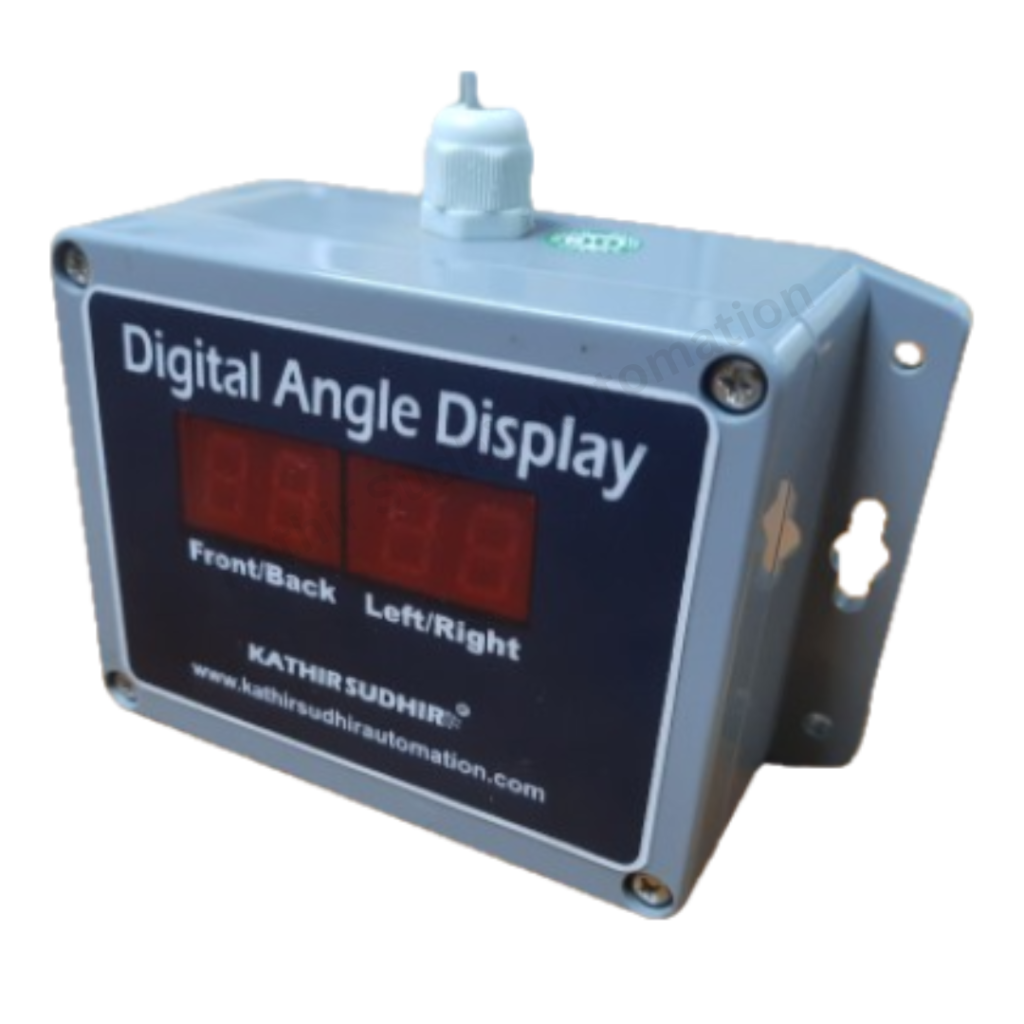Introduction: In the ever-evolving landscape of renewable energy, harnessing the power of the wind stands out as a key player in the pursuit of sustainable solutions. As wind turbines continue to dot the horizon, ensuring their optimal performance becomes paramount. Enter digital inclinometers – advanced tools that are revolutionizing the wind energy sector by providing precise measurements critical for the efficient operation of wind turbines.

The Role of Digital Inclinometers in Wind Turbines: Wind turbines are marvels of engineering, converting the kinetic energy of the wind into electricity. To achieve maximum efficiency, these towering structures must be aligned with the wind, adjusting their orientation to capture the optimal amount of energy. This is where digital inclinometers come into play, serving as essential instruments for monitoring the inclination and tilt of various components within the turbine.
- Yaw Control Optimization: One of the primary functions of digital inclinometers in wind turbines is to assist in yaw control. Yaw systems ensure that the turbine’s rotor is consistently facing into the wind, enabling maximum energy capture. Digital inclinometers provide real-time data on the tilt and inclination of the turbine nacelle, aiding in precise adjustments to optimize yaw control.
- Blade Pitch Adjustment: The pitch angle of the turbine blades is another crucial factor in wind energy production. Digital inclinometers help monitor and adjust the pitch, ensuring that the blades maintain an optimal angle relative to the wind direction. This fine-tuning is essential for balancing power production and structural integrity.
- Foundation Monitoring: Wind turbine foundations are subjected to various forces, including wind and gravitational loads. Digital inclinometers play a pivotal role in monitoring the foundation’s inclination, offering insights into the structural stability of the entire system. Early detection of foundation issues can prevent costly repairs and downtime.
Benefits of Digital Inclinometers in Wind Energy: The integration of digital inclinometers in wind turbines brings forth several benefits that contribute to the overall efficiency and reliability of the system.
- Increased Energy Yield: By precisely aligning the turbine with the wind direction, digital inclinometers help maximize the capture of wind energy, leading to increased electricity generation and higher overall energy yield.
- Enhanced Operational Safety: Monitoring the inclination of critical components ensures that the turbine operates within safe parameters. Early detection of deviations allows for proactive maintenance, reducing the risk of equipment failure and ensuring the safety of both the turbine and its surroundings.
- Extended Equipment Lifespan: Optimizing the turbine’s orientation and minimizing stress on components through accurate adjustments can contribute to the extended lifespan of the equipment. This not only enhances the return on investment but also aligns with the principles of sustainable energy production.
Conclusion: As the world continues its shift towards clean and sustainable energy solutions, the role of digital inclinometers in optimizing wind turbines becomes increasingly crucial. These advanced instruments not only contribute to the efficiency and reliability of wind energy systems but also play a vital part in ensuring the longevity of the infrastructure. In the dynamic field of renewable energy, harnessing the wind with digital inclinometers marks a significant step towards a greener and more sustainable future.
